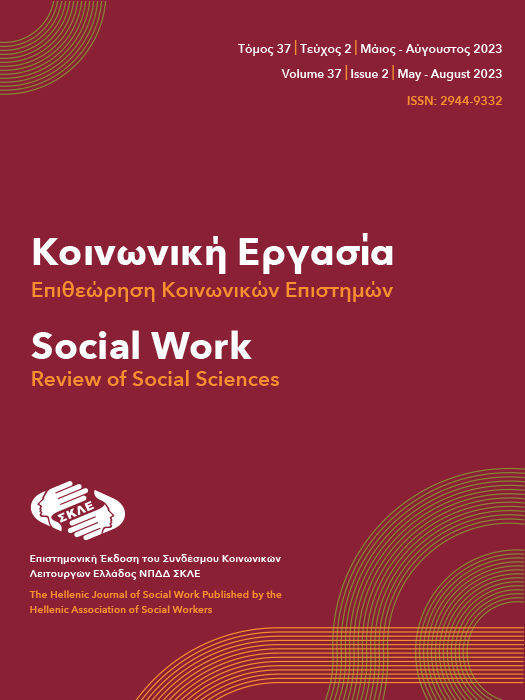Σχέση μεταξύ γλωσσικής ανάπτυξης και προβλημάτων συμπεριφοράς στα νήπια

Περίληψη
Σκοπός της έρευνας ήταν η διερεύνηση της σχέσης η οποία μπορεί να υπάρχει ανάμεσα στη γλωσσική ανάπτυξη και σε προβλήματα συμπεριφοράς σε νήπια τυπικής ανάπτυξης, 12-38 μηνών. Στη μελέτη συμμετείχαν 120 παιδιά (68 αγόρια και 52 κορίτσια) ηλικίας 12 έως 38 μηνών. Τα αποτελέσματα έδειξαν ότι σε ότι αφορά την Κατανόηση Φράσεων, την Κατανόηση Ουσιαστικών, την Κατανόηση Περιγραφικών Λέξεων και στην Κατανόηση Λέξεων Ενέργειας, δεν παρατηρήθηκαν στατιστικά σημαντικές διαφορές μεταξύ των Τυπικής Ανάπτυξης παιδιών και παιδιών με Καθυστέρηση Λεξιλογίου. Στατιστικά σημαντική διαφορά υπάρχει στην Παραγωγή Ουσιαστικών καθώς και στην ταυτόχρονη Παραγωγή Ουσιαστικών και Δείξη Αντικειμένων, μεταξύ ΤΑ παιδιών και παιδιών με ΚΛ. Σε ότι αφορά τη Δείξη Αντικειμένων, στατιστικά σημαντική διαφορά υπάρχει μεταξύ των παιδιών που εντοπίστηκαν με ΚΛ τα οποία τείνουν περισσότερο στο να δείχνουν οντότητες που αποδίδονται σε Ουσιαστικά. Επίσης, τα ΤΑ παιδιά μπορούν να Παράγουν στατιστικά σημαντικά περισσότερες Περιγραφικές και Λειτουργικές Λέξεις, σε σύγκριση με τα παιδιά με ΚΛ. Σύμφωνα με τα αποτελέσματα, τα δύο φύλα δεν παρουσιάζουν στατιστικά σημαντικές διαφορές ως προς την Κατανόηση Ουσιαστικών, τη Δείξη Αντικειμένων, την Παραγωγή Ουσιαστικών και τον συνδυασμό Παραγωγής και Δείξης. Επίσης, φαίνεται ότι τα παιδιά που παρουσιάζουν περισσότερα Συναισθηματικά Προβλήματα, Σωματικές Ενοχλήσεις ή Προβλήματα Προσοχής, παρουσιάζουν χαμηλότερες επιδόσεις στην ικανότητα κατανόησης επικοινωνιακών φράσεων.
Λεπτομέρειες άρθρου
- Πώς να δημιουργήσετε Αναφορές
-
Παππάς Ν. (2023). Σχέση μεταξύ γλωσσικής ανάπτυξης και προβλημάτων συμπεριφοράς στα νήπια. Κοινωνική Εργασία. Επιθεώρηση Κοινωνικών Επιστημών, 37(2), 48–69. https://doi.org/10.12681/socialwork-rss.36336
- Τεύχος
- Τόμ. 37 Αρ. 2 (2023): 2/2023
- Ενότητα
- Άρθρο


